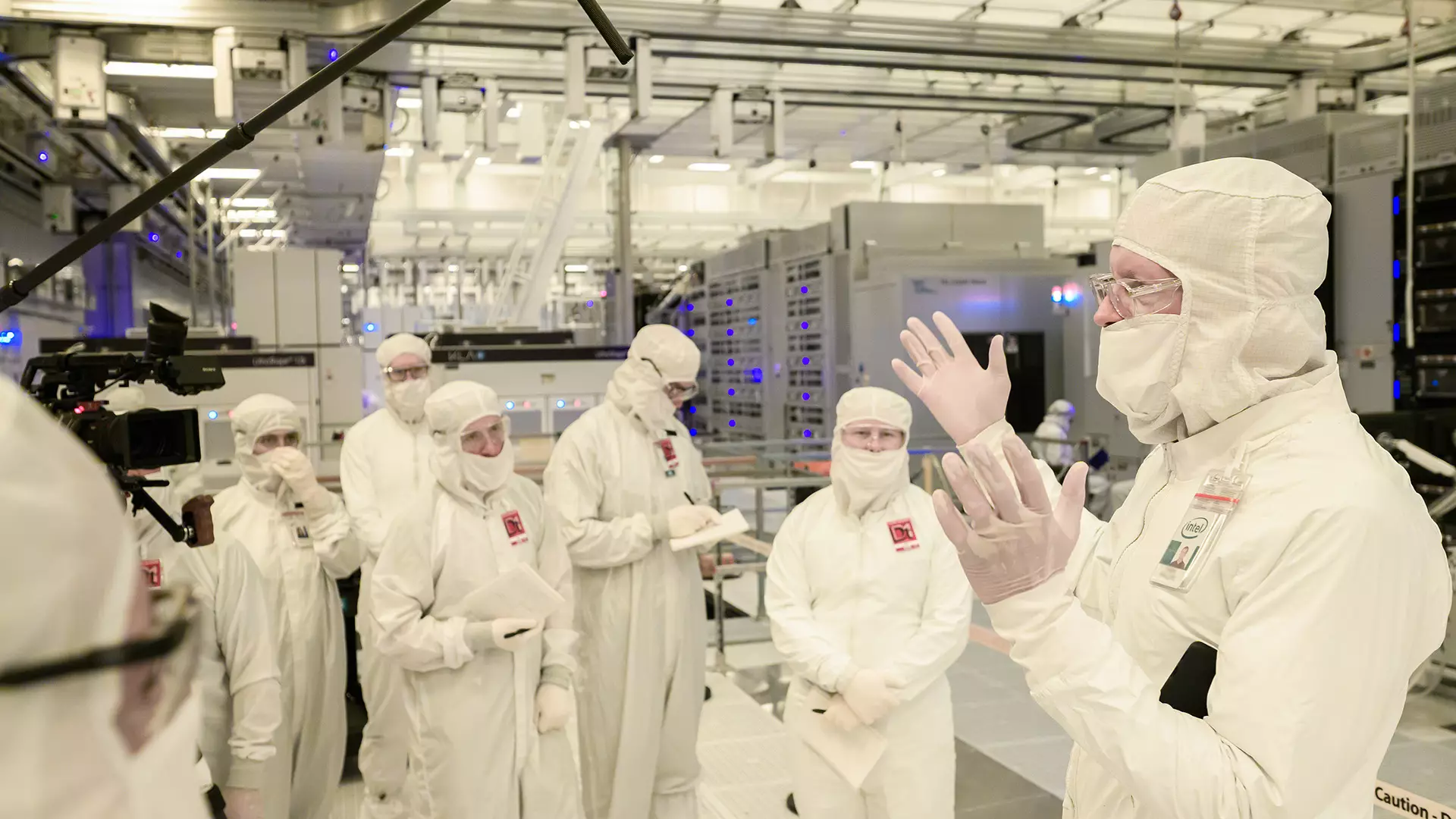Intel, a titan in the semiconductor industry, is navigating turbulent waters as it embarks on an aggressive workforce reduction strategy. The company’s decision to lay off approximately 107 employees at its Santa Clara headquarters highlights not just a response to fiscal pressures but also reflects a broader ambition to streamline operations and enhance efficiency. Such corporate maneuvers are not mere budgetary tweaks; they are profound adjustments aimed at redefining the organizational landscape of this tech giant.
The Scope of Layoffs: A Deeper Look
The announcement of layoffs, which echoes previous cutbacks where Intel reduced its workforce by 5% earlier in 2024, sends a strong message about the company’s priorities. This time, the layoffs are described as part of Intel’s strategy to cut operating expenses by $500 million this year, with plans to slash an additional $1 billion by 2026. This series of cuts raises essential questions regarding the long-term vision of a company synonymous with innovation. The government-mandated notice, in compliance with California’s Worker Adjustment and Retraining Notification Act, indicates the seriousness of the cuts yet provides a glimmer of hope for affected employees by offering potential severance packages.
Despite the strategic rationale, the decision to maintain a significant number of engineering roles within the layoff statistics—a sector typically considered vital to innovation—signals a level of complexity. It appears Intel is not shying away from introspection about its operational framework. Instead, it reveals an intent to remove what has been described as organizational complexity. The confusion arises when the company mentions cutting middle-management roles while still targeting engineering positions.
Engineering Jobs: A Surprising Target
Intel’s layoffs include six cloud software architects and various roles in the engineering field, accounting for nearly half of the total job losses. This raises eyebrows because engineering talent typically serves as the backbone of technological advancement within leading firms. The company is touting a vision of becoming leaner and more responsive to its clients’ demands—yet it risks losing the very talent that could facilitate these aspirations. The presence of high-level engineering roles in the layoffs suggests a paradox: are they genuinely streamlining, or is there a misjudgment regarding what modern efficiency truly requires?
The decision to employ external consultancy firms, particularly those that employ AI for marketing strategies, indicates shifting priorities. It underscores Intel’s bid to maintain competitiveness in an era where tech giants are increasingly leveraging artificial intelligence for business processes. As such, a significant talent pool may find itself vulnerable, not merely due to layoffs, but also due to the potential outsourcing of essential functions.
The Bigger Picture: Navigating Challenges and Opportunities
In the broader context, these layoffs signify a crucial pivot in Intel’s strategic direction under CEO Lip-Bu Tan. While the CEO’s ambitions to curate a nimble, proficient organization reflect a necessary evolution in the tech landscape, these cuts also spotlight a critical tension between maintaining talent and seeking cost reductions. The ethos of Silicon Valley has long revolved around innovation; however, will the pursuit of lower operational costs stifle the very creative energy that drives this sector?
Furthermore, the potential ramifications extend beyond immediate employee layoffs. They unravel a narrative about corporate responsibility during challenging economic times. Intel must balance the need for fiscal prudence with sustaining an environment where innovation can thrive. A series of layoffs could create a culture of apprehension within the workplace, adversely affecting morale and risking a talent exodus in the long run.
Ultimately, while Intel seeks to trim the fat, it must introspect on what constitutes its core identity. The company’s transformation is not merely a financial maneuver but a philosophical shift that will critically shape its future in the tech arena. The challenge lies in distinguishing between necessary restructuring and the potential pitfalls of a hasty retreat from the fundamental values of innovation and talent that define its legacy.

